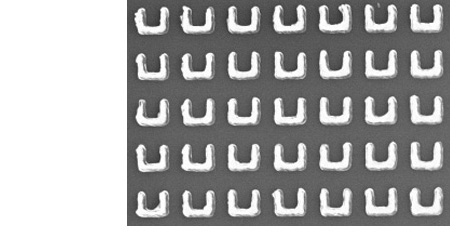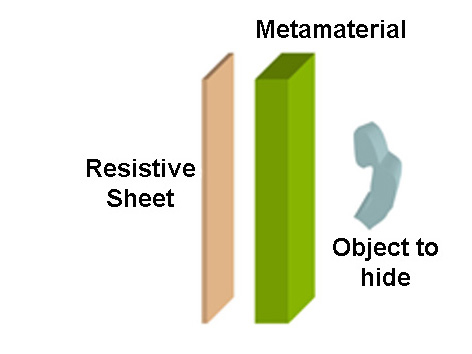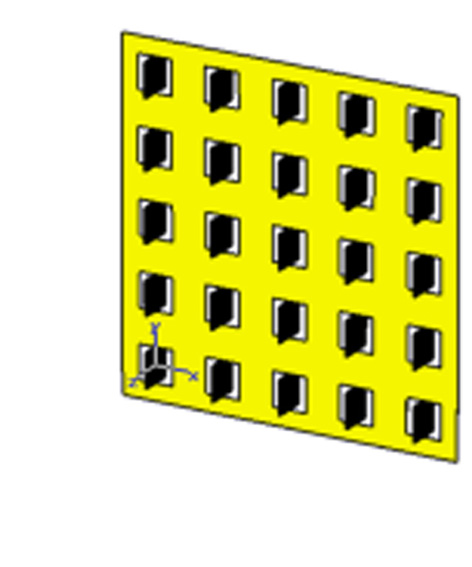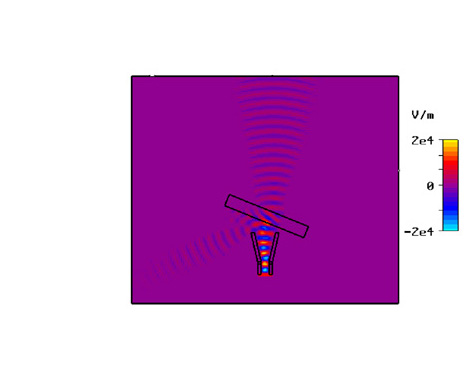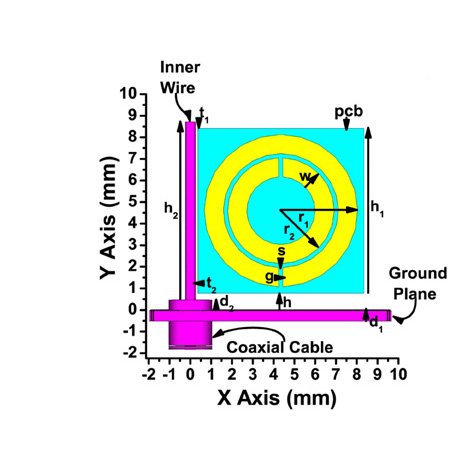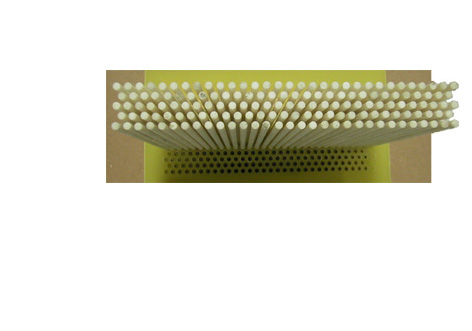
A medium composed of periodically arranged electrically small resonator can possess a negative effective permeability.
In order the effective medium concepts to be valid, the electrical size of the medium particles have to be much smaller than the operation
wavelength. We have parametrically studied multi-split ring resonators (MSRRs) and spiral resonators (SRs)
that can be fabricated via the standard planar substrate based fabrication techniques and can be packed into one-, two- and three- dimensional
arrays for the metamaterial applications.
Effects of particle length, number of rings, substrate permittivity, filling ratio of the rings, width and seperation between the rings are
studied in terms of resonance frequency and resonance strength.
We introduced an optimum particle: multi-spiral resonator (MSR), which states a compromise between the electrical size and resonant response
strength.
